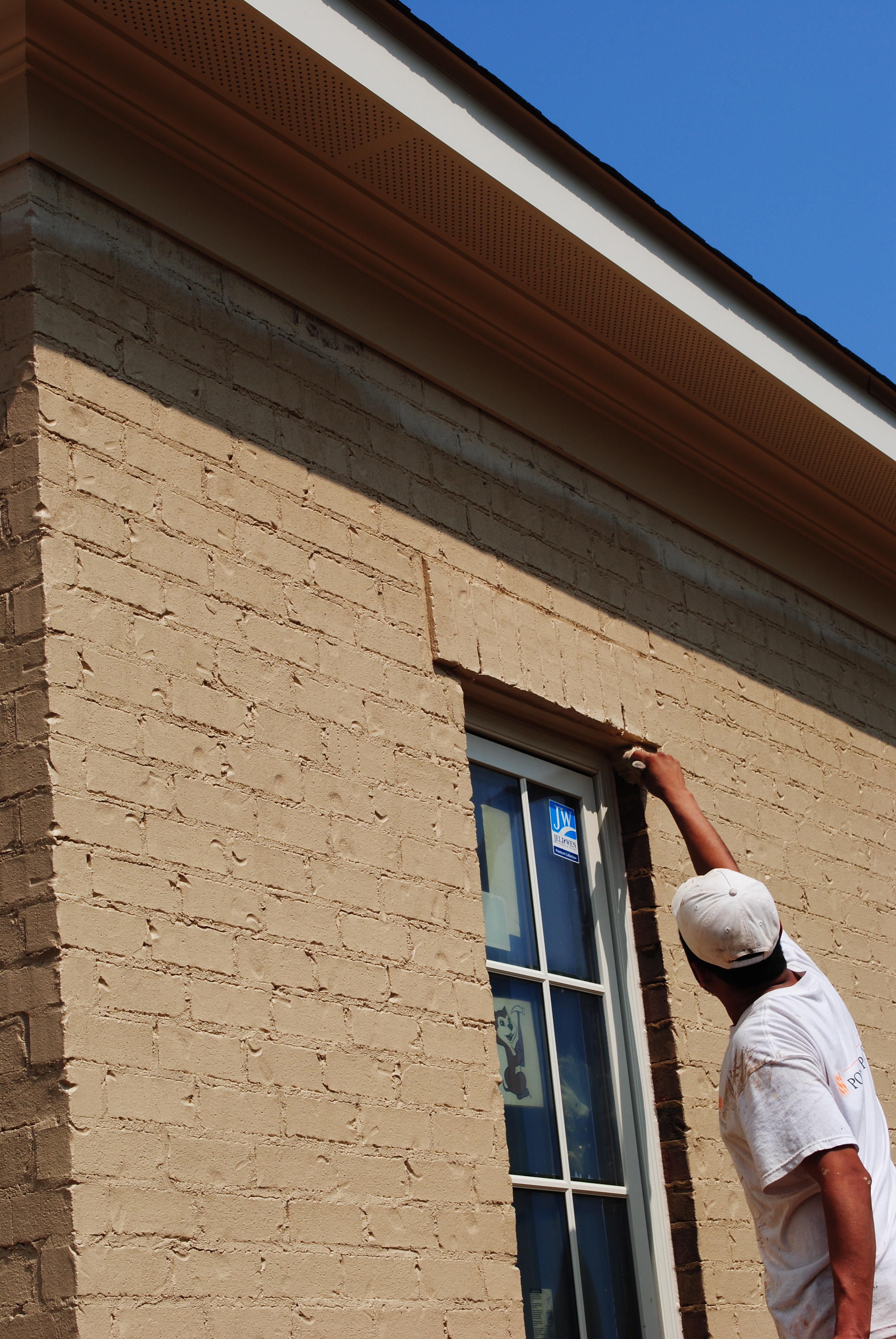Shedding Light on Window Options
It wasn’t that long ago that a window was a window … was a window. Basically, a hole in the wall fitted with a wood-framed pane of glass that allowed a view to the outside and provided a little bit of daylight into a house.
Over the past 25 years, windows have changed dramatically. Not only are they far more energy-efficient than their predecessors, they are available in a wide range of styles, frames and glass options. Today, professional builders and homebuyers are able to precisely align a window’s energy performance, cost, and style to achieve an optimum solution for any home.
Among an increasing variety of window frame materials, here’s how the tried-and-true measure up to the next generation:
Aluminum: Light, durable, easy to maintain, and generally inexpensive, aluminum-framed windows remain popular across the country and where cost is an important consideration.
However, metal is more thermally conductive than other window frame materials. It can be difficult to maintain a steady level of indoor comfort and reduce heating energy demand with an aluminum window. This is of particular concern in extremely cold weather.
In those conditions, the thermal conductivity of a metal-framed window may also cause condensation that can result in latent moisture damage to the overall window and adjacent materials. Aluminum frames with so-called “thermal breaks” or spacers that separate the indoor and outdoor frame sections can improve energy performance.
Wood: Wood-framed windows are popular for their aesthetic qualities; wood also is a very good insulating material, with low thermal conductivity.
The problem with wood is maintenance, especially the part of the frame that’s exposed to weather. And, despite their insulating qualities, wood windows react to changes in ambient moisture and temperature, which may cause them to stick (when they swell in hot, humid weather) or create gaps (when they shrink in cold, dry conditions).
To address those issues, the exterior profile (or face) of wood-framed windows are often fitted with a vinyl or aluminum cladding that protects the wood frame from weather damage and reduces climate-caused fluctuations in the frame’s integrity. A cladding also maintains the aesthetic qualities of wood, as the indoor section of the frame remains exposed and natural.
Vinyl: Window frames made from polyvinylchloride (PVC) combine durability, low thermal conductivity, and moisture resistance. They are generally affordable.
To improve energy performance, some vinyl windows are infused or fitted with insulation material within their mostly hollow frames.
The issue with vinyl windows is aesthetics. They are available in a limited number of colors, usually white or light hues, which may not be compatible with the rest of a home’s exterior finish materials.
Composites and Fiberglass: The latest generation of window frames seek to address the deficiencies of their predecessors. So-called “hybrid” frames combine various wood-based materials to achieve better stability, while wood-plastic composites boost thermal performance and durability.
Fiberglass, meanwhile, can be molded, shaped, textured, and colored to look like wood, but with far superior durability and strength and better insulating value. To date, fiberglass appears to be the window frame material of the future, with few downsides.
That being said, composites and fiberglass-framed windows are generally more expensive, but also promise to deliver better and longer-lasting performance.
As a professional builder, it is important that we educate ourselves about the increasingly diverse options available for residential windows. This enables us to advise our homebuyers about their choices and support them in making informed decision about their new home.

